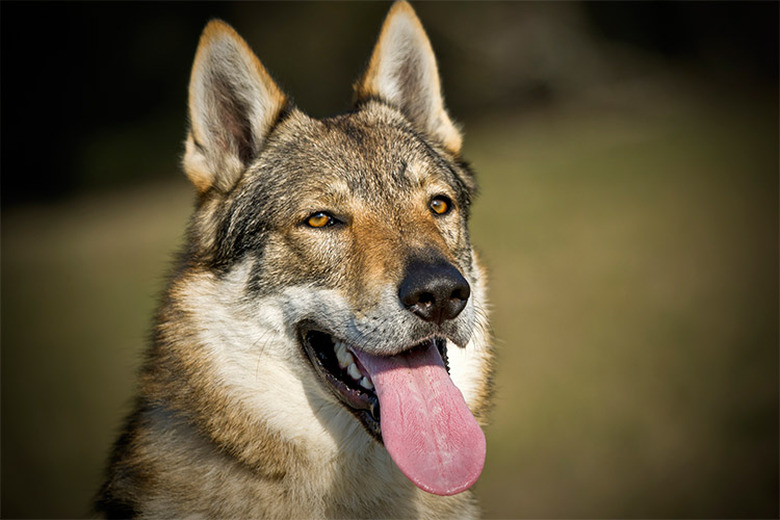Facts About Wolf Dog Hybrids
While it's possible for a wolf to mate with a dog in nature, hybrid wolf dogs are usually bred by humans. There are many misconceptions about these hybridized canines. Some people believe they're aggressive, untrainable animals, while others think of them as no different from our beloved pets. The truth of the matter lies somewhere in the middle, and knowing about the traits and temperaments of wolf dog hybrids can benefit us both.
What is a wolf hybrid?
What is a wolf hybrid?
A wolf hybrid is a canine with DNA from both a domesticated dog and a wolf. This could result from crossing a wolf with a dog, a wolf with a hybrid, a dog with a hybrid, or two hybrids. Many of the hybrids you might see today are the result of breeding a domesticated dog with a wolf hybrid.
Wolf dogs are an example of an intraspecific hybrid. Many hybrid animals are sterile as a result of the parents having a different number of chromosomes. Wolf dog hybrids, however, are able to produce viable offspring.
Physical characteristics of a wolf dog hybrid
Physical characteristics of a wolf dog hybrid
Attempting to determine the wolf content in a hybrid is called phenotyping. It isn't an accurate way to get a measurement of how much wolf DNA is in a hybrid, but there are physical characteristics that can hint to whether a canine has wolf DNA.
A dog with wolf DNA will have a larger head to body ratio with small, round-tipped ears covered in thick fur; a slightly sloped black nose; close-set, almond-shaped eyes that are yellow, green, or amber (very rarely blue); and blended facial markings with straight-haired cheek tufts. His body has a narrow rib cage; flat, close-set shoulders; a slightly tapered, narrow back; and a straight, bushy tail.
He has elbows that are slightly turned in toward the body with pasterns (wrists) that turn away from the body; large paws; toes that are long, arched, and webbed; dark-colored nails; and in animals with a higher wolf content, dew claws only on the front legs. He will also have a thick, coarse, wooly coat that is thicker close to the neck and may have a tri-olored coat with blended or undefined markings, which commonly fade with age.
Temperament and behavior of wolf dog hybrids
Temperament and behavior of wolf dog hybrids
Wolf content may bring out behaviors in dogs that are different from what some people would expect. Dogs with wolf content usually keep a low profile, and they walk and run with their neck at the same level as their back. Their back legs land in nearly the same spot as their front legs, which may give the appearance of walking on two legs. They tend to be afraid of new people, especially in a group, and will likely appear skittish and flee the area. They are fiercely independent and are talented problem solvers. They might howl and will bark only minimally or not at all. They may become destructive to belongings and their enclosure if they're bored or attempting an escape.
Determining wolf content in hybrids
Determining wolf content in hybrids
It's a common misconception that you can determine wolf content in a hybrid based on parental lineage. It's simple enough to come to the conclusion that if one parent is 50 percent wolf and the other parent is 100 percent domesticated dog, then their offspring will be 25 percent wolf, but this isn't always the case. This only reflects an average of the possibilities regarding how much wolf DNA could be present in the hybrid offspring.
To accurately determine how much wolf DNA is in a wolf dog hybrid, you have to rely on genetic testing, and it's a more complicated process than simply calculating an average of the presumed wolf content of each parent. Even if you send your hybrid dog's DNA to a testing facility to determine wolf content, you might get different results depending on where you get it tested.
The Veterinary Genetics Laboratory at the University of California created a test to determine wolf content in a wolf dog hybrid. The testing process involves taking samples from X and/or Y chromosomes, comparing those samples to a stored database of wolf and dog DNA to yield a result of either dog, wolf, or hybrid. It's a complicated process, and the result can not accurately be determined without these measures.
